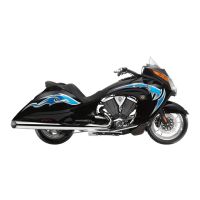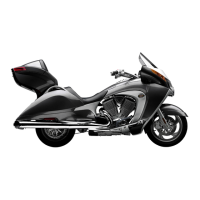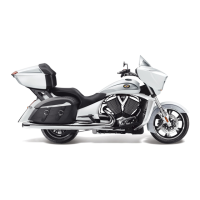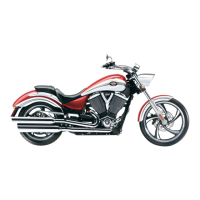Why is shifting hard on my Victory Motorcycles Vision Tour 2013?
- MMelody FosterAug 1, 2025
If you're having shifting difficulties or finding neutral on your Victory Motorcycles Motorcycle is hard, start by lubricating the shift linkage. Also, inspect the engine oil level and quality. If the hydraulic clutch fluid is contaminated, it should be flushed (consult a dealer). Another potential issue could be air in the hydraulic clutch system, which would require bleeding the system (consult a dealer). Check for a loose clutch slave cylinder bracket and tighten if necessary. Inspect the hydraulic clutch system for leaks (consult a dealer). In some cases, the clutch itself might be damaged and require replacement.





